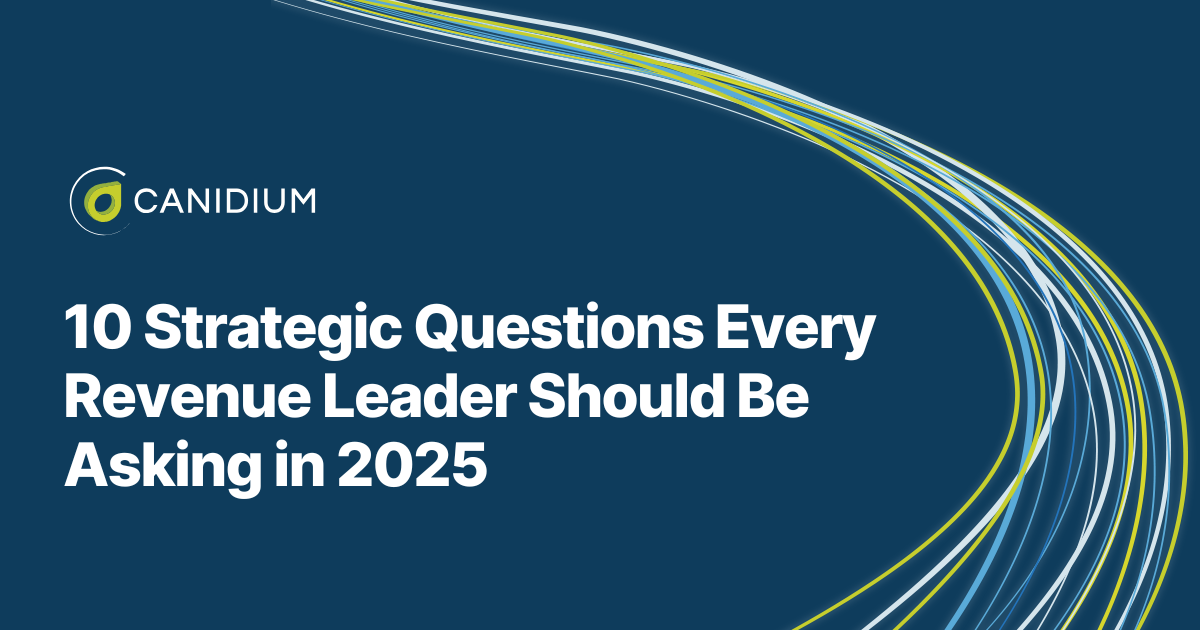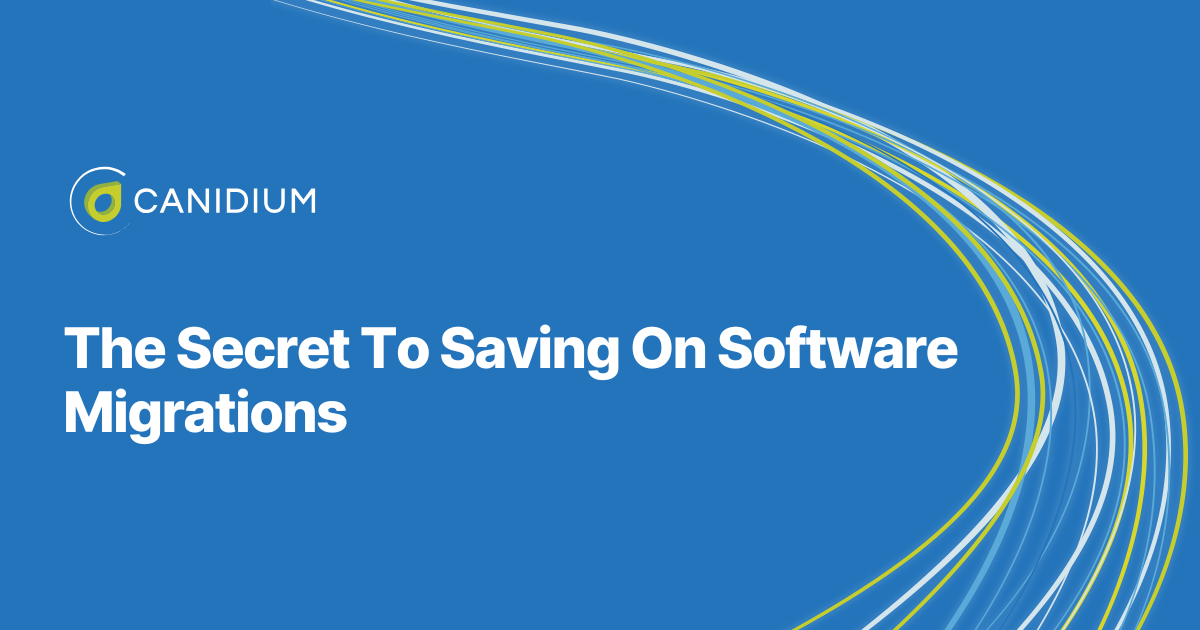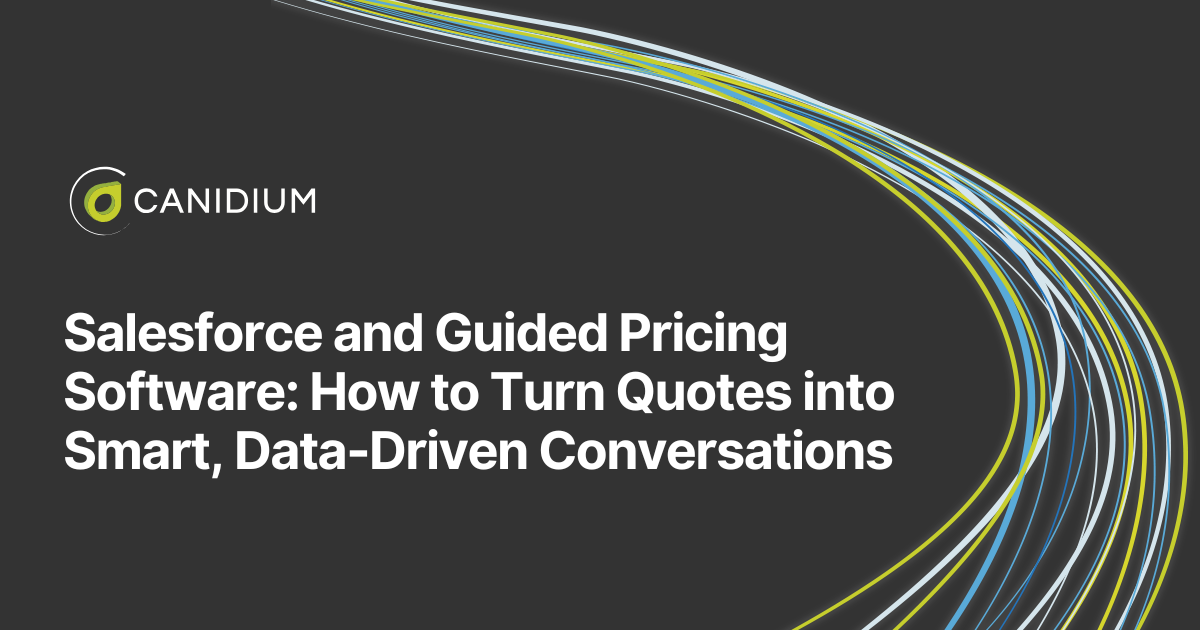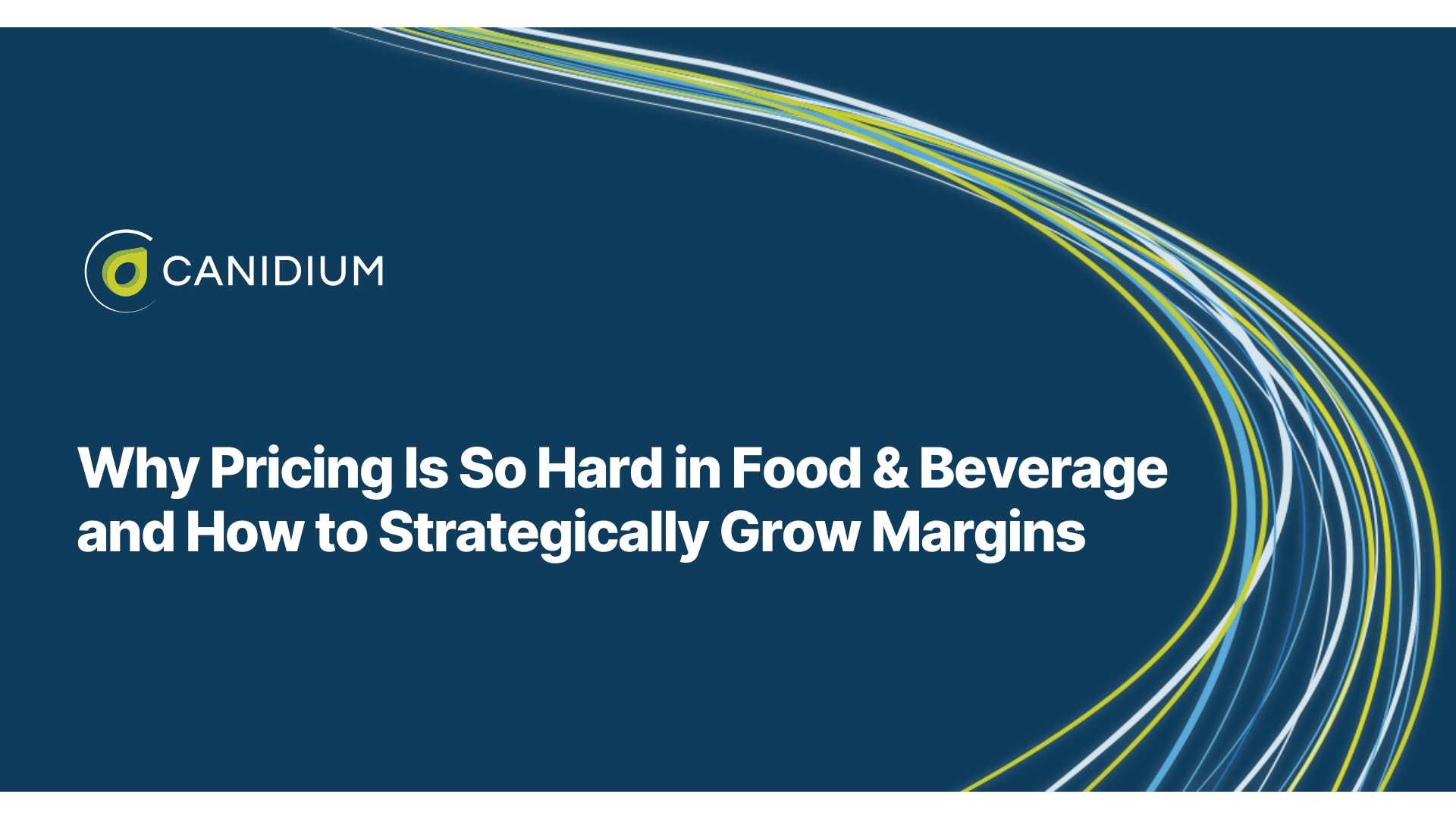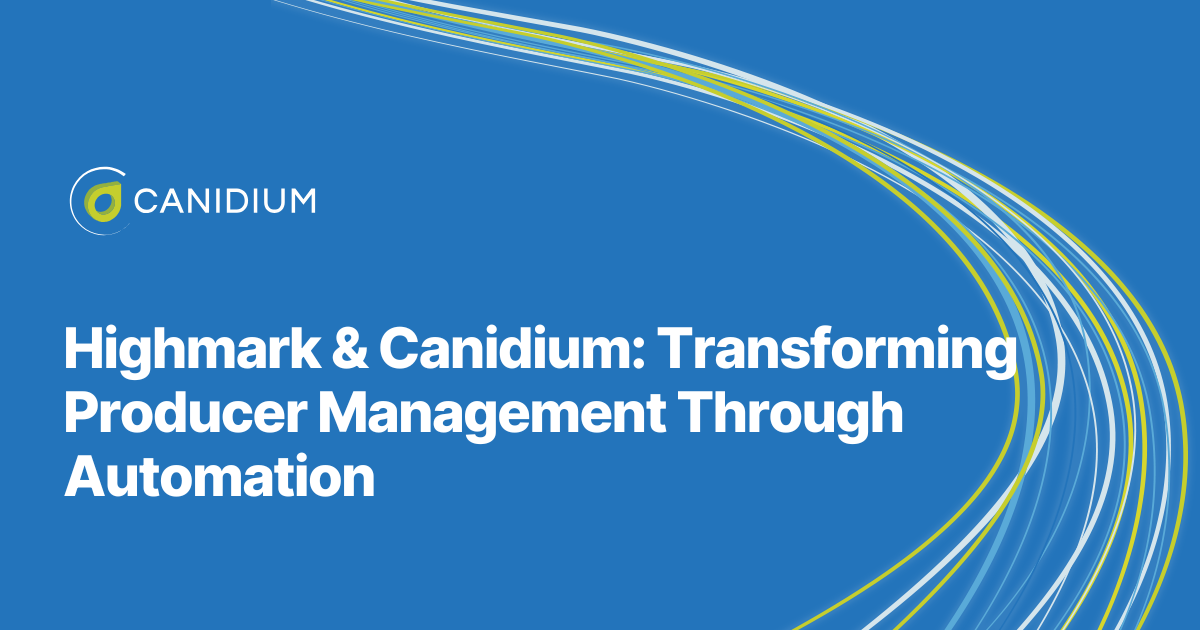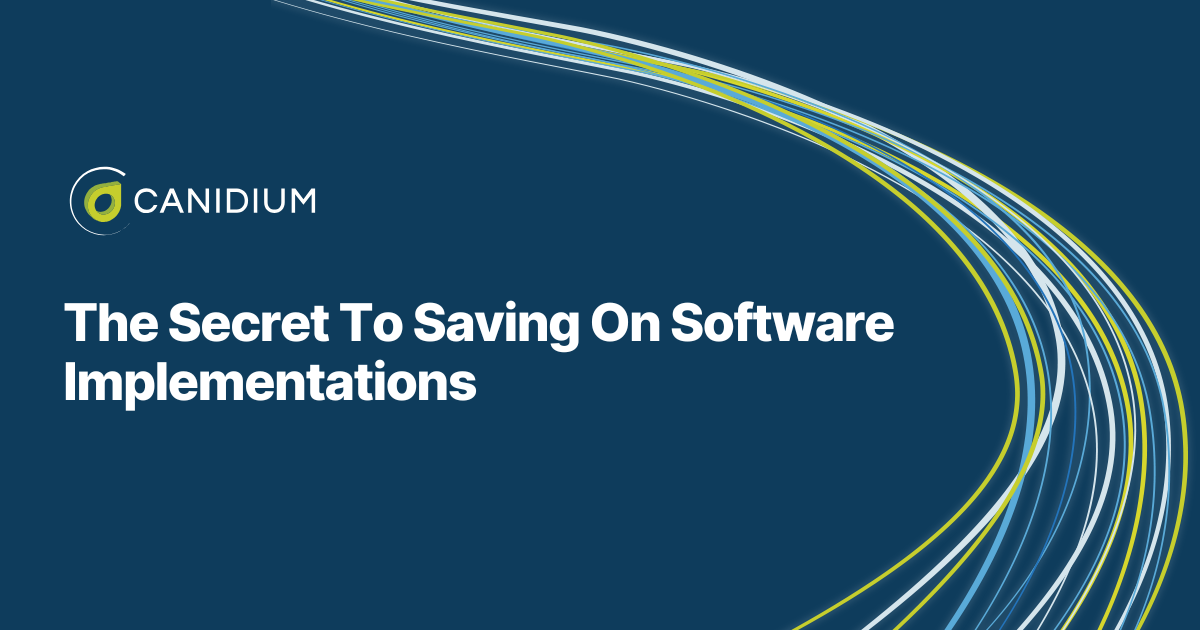Ten years ago, revenue leaders developed relatively static pricing strategies, simply setting the right price and moving on. But now, the introduction of real-time, highly detailed data-driven decision making makes revenue optimization a moving target. Overseeing pricing strategy in 2025 is more important than ever, yet it is also far more complex.
To thrive in this new landscape, revenue managers need to act less like gatekeepers of price and more like orchestrators of revenue growth. That means constantly reassessing your pricing processes, tools, and how your strategy aligns with broader business goals. Whether you’re leading a mature revenue organization or building one from scratch, these ten questions can help you uncover blind spots, spot opportunities, and build more substantial alignment between pricing and performance.
1. Do we have full visibility into how pricing impacts margins across our portfolio?
If you’re only looking at average margins by product or business unit, you may be missing the real story. True visibility means understanding how margin fluctuates across customer segments, sales channels, geographies, and deal types.
For example, let’s say your overall margin on Product A is 30%. Sounds good—until you realize that in your largest region, average discounts have crept up so much that margins have dropped to 18%. Or that key sales teams are bundling Product A with free services to close deals with promising leads, eating into profitability in ways that aren’t captured in standard revenue optimization reports.
Modern pricing and analytics tools can help you build that margin clarity across dimensions, but visibility is only useful if revenue managers understand how their pricing strategy fits in with their larger revenue growth goals. So, optimizing your revenue generation starts with asking the right questions: Where are our margins shrinking? Why? What patterns do we see across the top 20% of deals that might point to either best practices or red flags? Then, depending on your business's level of digital maturity, either configure your existing pricing dashboards to track the corresponding data points or seek expert consultants to find the right pricing software solution for your unique goals.
2. How quickly can we respond to market or cost changes?
In 2025, market fluctuations have sent revenue managers on a rollercoaster ride. Changes are rapid, and many teams barely have time to optimize revenue generation for a sudden change before another comes along and renders all their work moot. Imagine your key raw material spikes in cost due to a supply chain disruption. Can you update pricing across affected SKUs within hours? Or does your team scramble to pull spreadsheets, run impact models, and wait two weeks for approvals?
Responsiveness is critical in markets where volatility is the norm. It's not uncommon for companies that rely on quarterly pricing reviews to miss out on millions because they can’t adjust in time. On the flip side, companies with pricing automation in place can simulate and apply changes in real time.
Ask yourself: Are we built for speed when it matters most? If not, what processes, systems, or approvals are slowing us down?
3. Is our pricing strategy aligned with customer value perception?
Here’s a common trap for revenue managers: setting prices based on cost-plus formulas or competitor benchmarks without ever asking, “What’s this worth to the customer?”
True value-based pricing requires customer data analysis and insight into how different customers perceive your offering. For instance, a logistics software platform might offer route optimization that saves a small company $10,000 a year, but saves a large enterprise millions. Should those two customers be charged the same?
Gathering value perception data from customer interviews, win/loss analysis, and sales feedback is essential. If your product offers unique capabilities that increase your conversion efficiency—like regulatory compliance tools for pharma, or predictive maintenance in industrial equipment—those differentiators should be reflected in your pricing.
4. Are we treating pricing as a one-time event or a continuous process?
Many organizations set pricing annually, but in top-performing companies, revenue managers view it as an ongoing, iterative process.
Markets change. Customer needs evolve. Competitors reposition. Inventory management fluctuates. If you're not regularly revisiting your pricing logic, you're almost certainly leaving money on the table.
Pricing leaders develop processes to encourage continuous revenue growth, such as monthly “pricing performance reviews” that examine margin variance, sales pushback trends, and competitive feedback.
5. Do our sales teams have the right tools to price with confidence?
Even the best pricing strategy falls apart if it’s not executed consistently. One of the biggest breakdowns happens at the last mile: the sales team.
If your sales reps and marketing teams are navigating inconsistent discount guidelines, outdated product bundles, or unclear margin thresholds, it leads to hesitancy, over-discounting, and lost margin. Worse, it erodes trust between sales and pricing.
Leading companies are equipping reps with real-time deal guidance tools. Think of it as a GPS for pricing: “If you discount 8% instead of 10%, your deal still wins—and preserves $20,000 in margin.” CPQ (Configure, Price, Quote) tools with built-in pricing intelligence can deliver this level of coaching inside the quoting process.
6. Where are we experiencing revenue leakage, and why?
Revenue leakage is the silent killer of growth. It’s often hidden in plain sight: unauthorized discounts, expired contracts still being honored, missed billing triggers, or under-reported rebates.
Let’s say your standard deal terms require renewal after 12 months, but your billing system doesn’t flag accounts that quietly keep getting service at the old price. Or maybe your rebate system relies on Excel, and errors go unnoticed for months.
To stop the leaks, you first need to quantify them. What percentage of our revenue is impacted by off-invoice discounts? How often do we audit contract compliance? Can we reconcile what was promised, what was billed, and what was paid?
Once you know where the holes are, technology and tighter governance can help plug them.
7. Can we accurately forecast revenue under different pricing scenarios?
Revenue forecasting isn’t just about pipeline—it’s about modeling the downstream impact of strategic decisions. What happens if we increase prices by 2% across our Tier 1 SKUs? What if we run a regional promotion or shift list pricing for a low-margin product?
A global manufacturer can run scenario simulations to compare pricing paths across different regions. This can lead to smart strategies like holding price steady in North America while increasing in EMEA to yield better revenue stability overall, thanks to local price elasticity differences.
Being able to test assumptions before implementing them reduces risk and builds leadership confidence in pricing decisions.
8. Are we leveraging AI and automation to scale our efforts?
AI isn’t just a buzzword—it’s a force multiplier for revenue managers. It can identify patterns humans miss, surface underpriced products, predict churn risk based on discount behavior, and suggest optimal price points by segment.
For example, companies can use AI to analyze historical deal data and identify “deal DNA”—common traits in high-margin, high-close-rate opportunities. This makes it possible for sales teams to prioritize similar deals and push back on low-value negotiations with data-backed confidence.
Automation, meanwhile, handles the repetitive tasks—approvals, rule enforcement, data reconciliation—so your team can focus on strategy instead of spreadsheets.
9. Are we aligning pricing and promotions with strategic goals?
Discounts are easy to give but hard to measure. Every promo should answer a clear question: What are we trying to achieve?
If the answer is “more volume,” dig deeper. Volume from which segment? At what margin? Will it cannibalize other SKUs?
Revenue managers can succeed with hyper-targeted promotions tied to strategic objectives, like launching a new product in an underpenetrated market, or increasing renewal rates for long-term contracts. These aren’t blanket discounts; they’re strategic levers.
If your team can’t articulate how a pricing action supports a business goal, it’s time to revisit your playbook.
10. How are we measuring the ROI of our revenue management strategy?
You can’t improve what you don’t measure. And yet, many revenue teams struggle to connect their work to business impact.
What KPIs are you tracking? Are they outcome-focused, like average deal margin, price realization, or quota attainment? Or are they operational metrics—like pricing approval time, quote accuracy, and time-to-market for pricing changes?
It's also possible to track pricing influence—a measure of how often pricing guidance changed the course of a deal. This helps revenue managers justify further investment in analytics and improve collaboration with sales.
Measuring ROI doesn’t just prove value—it ensures you’re solving the right problems, not just chasing activity.
The Role of Revenue Leadership Is Evolving
Today’s revenue management lead isn’t just a steward of price lists—they’re a cross-functional leader, a strategist, and a change agent.
Asking the right questions is the first step toward leveling up your pricing practice. But turning those insights into action? That’s where transformation happens.
At Canidium, we partner with pricing and revenue teams to do exactly that—through pricing system design, managed services, strategy alignment, and scalable implementation support.
Ready to turn pricing into a true growth engine? Contact us now to discuss how we can accelerate your revenue management success.


